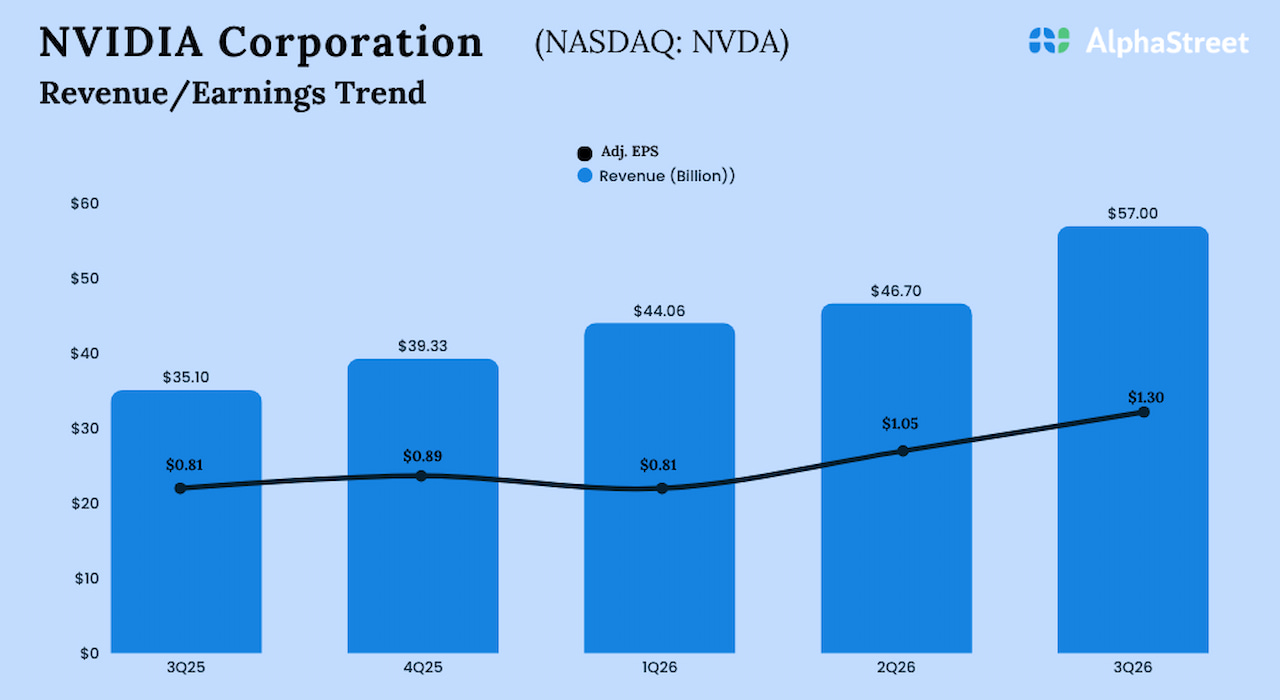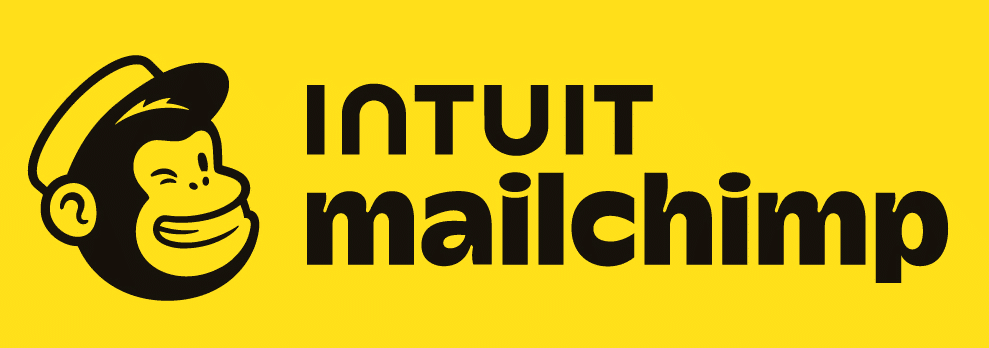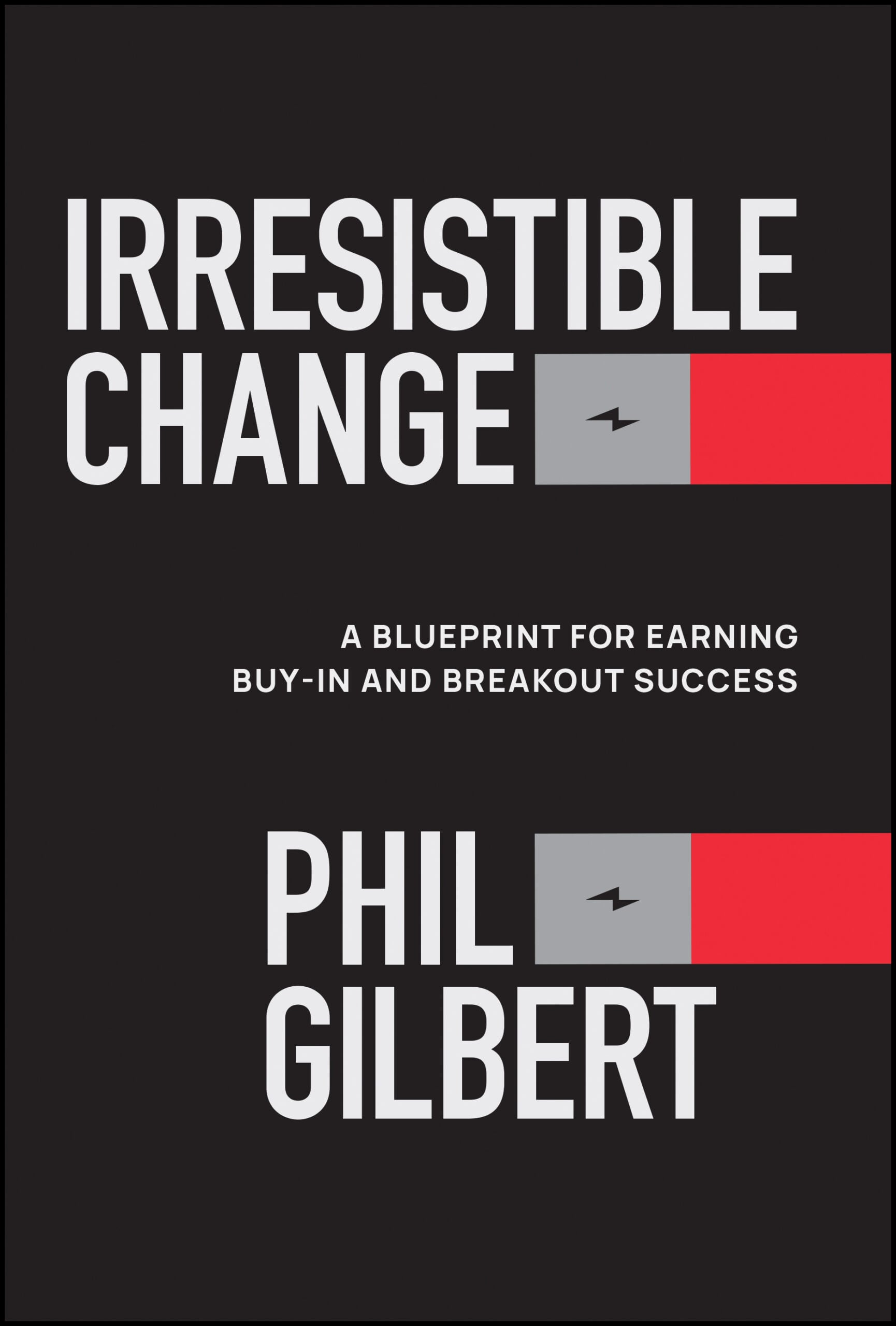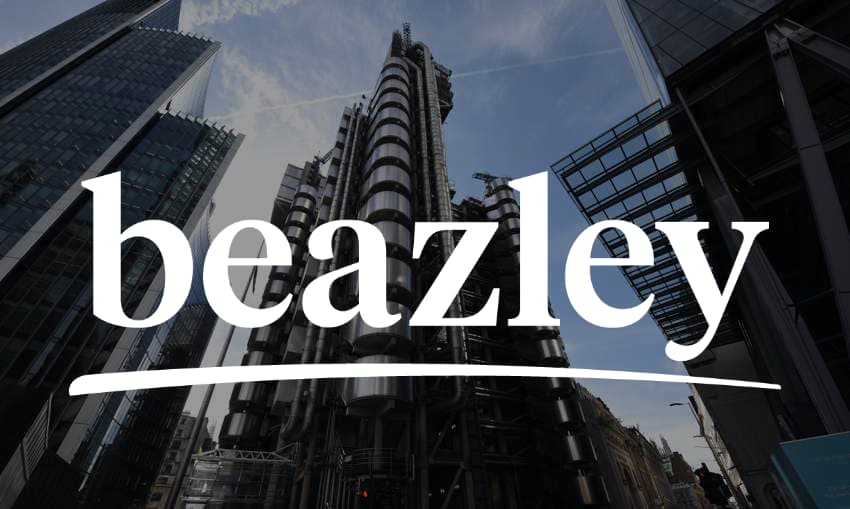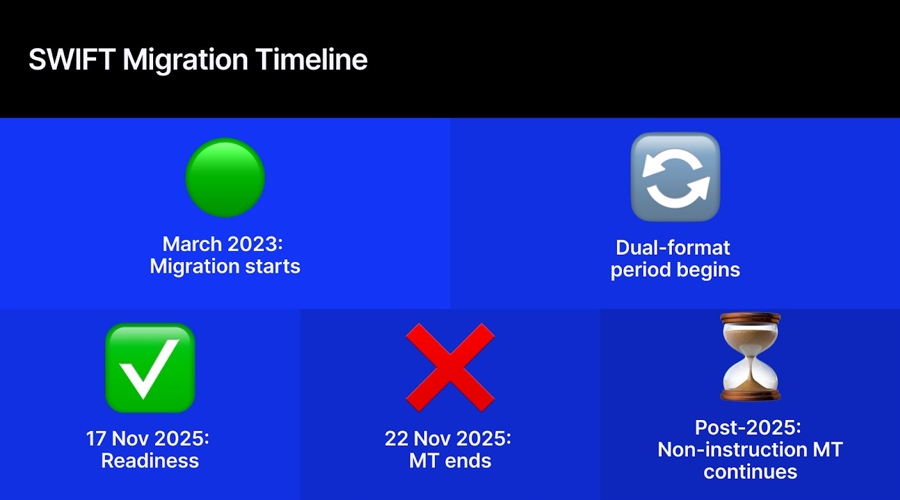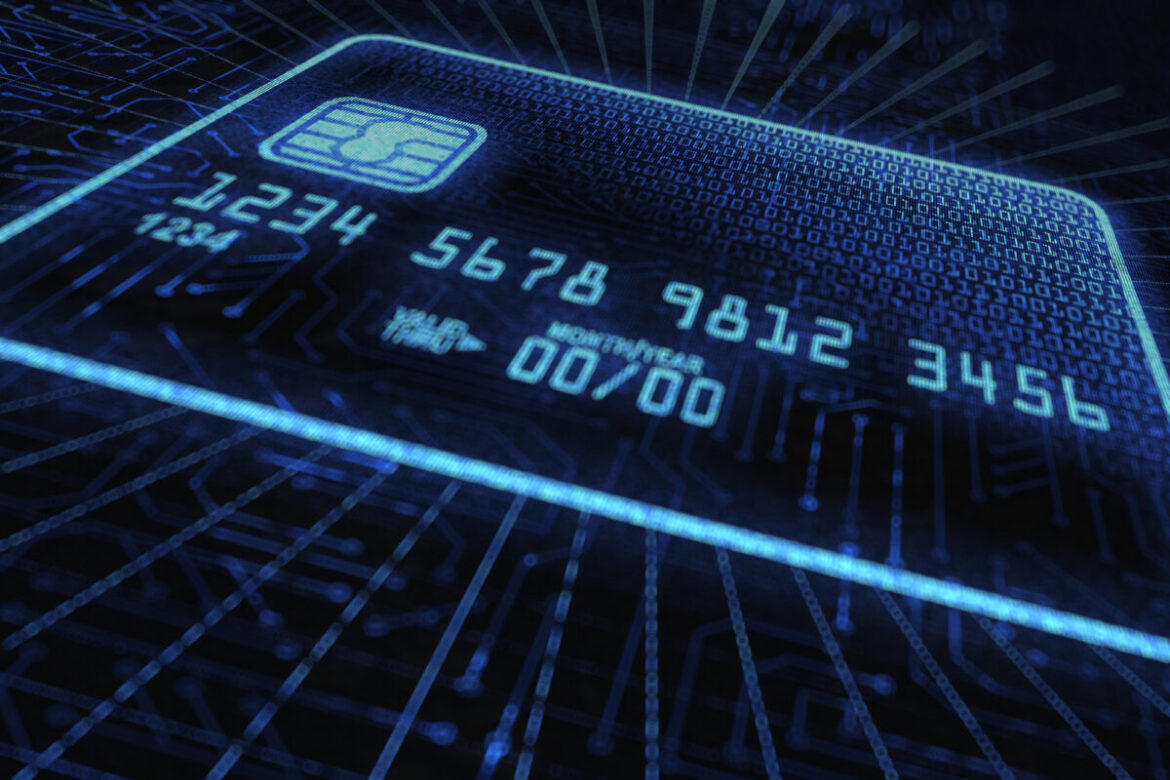The 3-Month Treasury Bill’s rate of 5.50% is currently the highest among US treasuries as of June 2023. It was 0% at the beginning of last year.
The 3-month rate is currently higher than the 3-year by 120 basis points. At the end of May, the 1-Month Treasury Bill eclipsed 6% for the first time ever, and was the first treasury instrument to do so since 2002.
Download Visual
This is a situation known as an inverted yield curve. An inverted yield curve is when shorter-term notes pay higher effective yields than longer-term bonds. The yield curve is considered “normal” when longer-term bonds yield more than shorter-term ones.
Much like your favorite (or most hated) theme park roller coaster, an inverted yield curve signals that the broader economy might be headed for some twists and turns. Yield curve inversions are regarded by many as warning signs of a recession, as they have consistently preceded US recessions. They also indicate uncertainty in equity markets.
How much should you worry about this yield curve inversion? Is a recession coming? And if so, how soon? Who tends to be the winners and losers of an inverted yield curve?
What Inverted Yield Curves Mean for Recessions
Generally, investors receive higher returns when they agree to commit their cash for longer time periods. So the fact that an investor currently could lock in a 5.17% effective annual yield with principal paid back in one month, but just 3.72% for one decade doesn’t sound quite right, does it?
An inverted yield curve occurs when near-term risks increase. Investors demand greater compensation from shorter-term treasuries when long-term expectations for the economy sour.
Inverted yield curves can be more clearly illustrated through yield spreads. Two of the most closely followed spreads are the 10-2 Year Treasury Yield Spread and the 10 Year-3 Month Treasury Yield Spread. The 10-2 year spread inverted at the beginning of July last year and has stayed negative since, stirring up fears of a recession. Two consecutive quarters of negative GDP growth were also logged for Q1 and Q2 2022—the technical definition of a recession.
The 10 year-3 month spread is also a popular recession indicator and represents the relationship between long-term bonds and what’s often considered the risk-free interest rate. In late October, the 10 year-3 month spread turned negative for the first time since February 2020. It is now almost twice as negative as the 10-2 year spread.

Download Visual
There have been six major US recessions since 1976, per the National Bureau of Economic Research’s definition (NBER). Represented by gray panels in the below chart, all six recessions were preceded by an inverted 10-2 spread, and each recession occurred less than two years after the 10-2 spread first inverted.

Download Visual

Historically, the 10 year-3 month spread hasn’t given warnings as early as the 10-2 year, but flipped negative before all 6 recessions as well. The one exception is 2020, where the 10 year-3 month spread turned negative almost twice as far in advance of the recession than the 10-2 year did.

Download Visual

An inverted yield curve doesn’t necessarily mean a recession will happen at the snap of a finger. Nor have yield spreads historically stayed negative for very long. But given that all of the aforementioned recessions occurred within two years following a negative 10-2 spread, coupled with two quarters of negative GDP growth last year, it’s understandable why the probability of a near-term recession has jumped.
How Consumers Can Be Affected by Inverted Yield Curves
Consumers seeking short-term loans tend to be worse off amidst an inverted yield curve. Interest rates rise and costs of borrowing go up, leading consumers to either pay higher prices or defer purchases and investments altogether.
This unfriendly environment tends to sour the consumer’s mood. Though yield curve inversions tend to precede recessions, decisions made by consumers can ultimately flip the switch and force the economy into contraction.
For each of the six recessionary periods listed above, and also at the time of an inverted 10-2 year or 10 year-3 month spread, the University of Michigan’s US Consumer Sentiment Index was either declining, below its historical average, or both. The same goes for the US Consumer Price Index, which was either on the rise, above its historical average, or both in all six periods.
The Consumer Sentiment Index hit an all-time low of 50 last June right as the 10-2 year spread turned negative and inflation peaked at 9%. The index is currently around the same level as the Great Recession of 2007-2009.

Download Visual
Interestingly, the 10 year-3 month spread moved in the opposite direction of consumer sentiment sentiment last year. As the Consumer Sentiment Index plummeted to historical lows, the 10 year-3 month spread widened. It seems the 10 year-3 month spread caught up to the reality of depressed consumer sentiment and the highest CPI in four decades.

Download Visual
How Equities Can Be Affected by Inverted Yield Curves
Companies in the business of short-term borrowing and long-term lending, such as banks, have historically underperformed when the yield curve inverts. Borrowing costs increase near-term, and profits get compressed when long-term loans are issued with less attractive rates.
Stocks bearing high dividend yields are also thought to be less attractive when short-term rates spike. Yield-seeking investors may flee equities in favor of shorter-term treasuries since payments can be captured without inheriting company risk.
On the flip-side, companies who issue short-term loans would expect to see a bump in interest payments. The same goes for companies with large amounts of liquid assets. Two of the largest companies on earth, Apple (AAPL) and Berkshire Hathaway (BRK.B), have historically logged large figures on the Cash and Short-Term Investments lines of their respective balance sheets. When short-term rates rise, these companies can expect a greater return on any new short-term investments.
How Fixed Income Can Be Affected by Inverted Yield Curves
Inverted yield curves raise short-term US treasury yields closer to those of riskier bond types such as junk bonds, corporate bonds, and also real estate investment trusts (REITs). When the spreads between lower-risk US treasuries and these higher risk, non-Treasury backed securities contract, the US treasuries are seen as more attractive.
This chart of the Moody’s Aaa Corporate Bond vs. the 2 Year Treasury and High Yield Junk Bond vs. the 2 Year Treasury shows the narrowing spreads between these usually riskier instruments and short-term treasuries during yield curve inversions.

Download Visual
When a flat or inverted yield curve lifts short-term treasury rates closer to or greater than long-term ones, this presents a situation in which investors could lock in a similar interest rate at a lower duration to maturity. One thing to note: if short-term rates continue rising, then that bond value would likely decrease. But, assuming the investor is willing to accept implied short-term risk and believes the issuer (the US government) won’t default, he or she might have an opportunity to achieve a greater effective yield from their cash.
How to Stay Ahead of Yield Curve Inversions
As noted above, YCharts has pre-built 10-2 year, 10 year-3 month, and 30-10 year spread indicators for tracking relationships between short and long-term treasuries. Looking to dive deeper? YCharts’ custom spreads feature lets you pair any of our 400,000+ indicators together to illustrate any sort of spread that your heart desires.
You can plot the 30-Year/3-Year spread mentioned earlier, or go as wide as the 30-Year/1-Month spread to identify which fixed income instruments are headed for inversion:

Download Visual
YCharts also contains all Canadian treasury bill and benchmark bond yield indicators. Similar to US treasuries, a Canadian yield curve can be constructed in YCharts as well, featuring durations as short as the Canadian 1-Month Treasury Bill all the way up to the 10-Year Benchmark Bond. The chart below shows the Canadian yield curve is currently inverted:

Download Visual
Want to save time in your research? YCharts offers a library of pre-built chart templates, which can be accessed in just a couple of clicks. In Fundamental Charts, select New From Template from the file name dropdown, navigate to Economic Data, choose one of the related yield curve templates, and Voilà! You’ll instantly have a chart of key metrics and their performances over time, such as the 10-2 Treasury Spread vs. S&P 500 or the entire yield curve.
The Bottom Line
The yield curve has been inverted since 2022, but history has shown that any economic fallout following a yield curve inversion doesn’t happen immediately. Investors that take cues from the 10-2 year spread might look to the 10 year-3 month spread as well, as both have preceded all six recessions that have occurred dating back to 1980. Like any other market event, an inverted yield curve causes its own share of winners and losers. Investors who are prepared with a strategy fit to weather near-term events will eventually see the light at the end of the tunnel when the yield curve gets back to normal.
The views and opinions expressed herein are the views and opinions of the author and do not necessarily reflect those of Nasdaq, Inc.

















